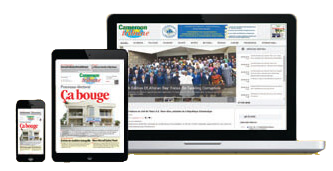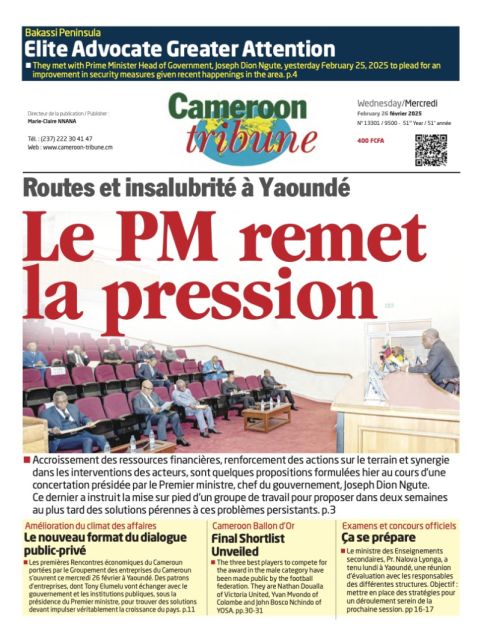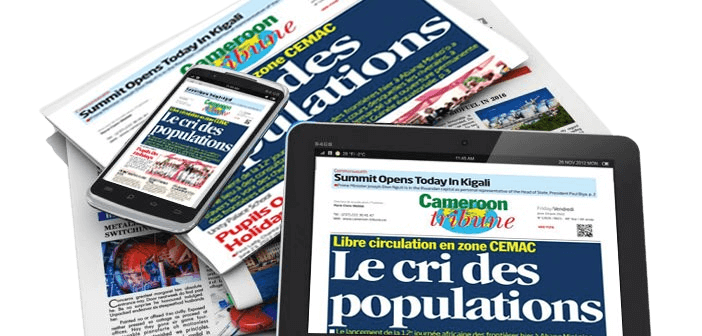Food trouble is brewing up in Africa since the outbreak of the Russia-Ukraine war last 24 February, 2022. Wheat, fertilizer and other food products are drying up supply to Africa due to western trade sanctions on the eastern bloc because of war. The situation has triggered an urgent trip by the African Union Chairperson, Macky Sall, to Russia where he met President Vladimir Putin on 3 June, 2022, in Sochi, the Black Sea City.
Talks between the two men included the protection of continual wheat and farm fertiliser supply to Africa in the sidewalks of the current war between Russia and Ukraine. Said Macky Sall to Putin: “…I do have great hopes and I have arrived today to say that the countries that are so far away from the hotbed of the conflict are still experiencing its consequences. Anti-Russia sanctions have made this situation worse and now we do not have access to grain from Russia, primarily to wheat. And, most importantly, we do not have access to fertiliser. The situation was bad and now it has become worse, creating a threat to food security in Africa. ………We must work together to resolve these problems so that sanctions are lifted on food products, in particular, grain, and fertiliser.”
The mouthpiece of the African Union for 2022 was just regurgitating the African mind to President Putin. When African Union Heads of State and Government elected President Macky Sall of Senegal as Union Chairperson last 5 February, 2022, during their 35th Ordinary Session of the Assembly of the Union at the AU Headquarters in Addis Ababa, the theme of the event was: “Strengthening Resilience in Nutrition and Food Security on the African Continent: Strengthening Agro-Food Systems, Health and Social Protection Systems for the Acceleration of the Human, Social and Economic Development”.
That theme was precautionary enough and a clear writing on the wall that hunger was knocking at the doors of African countries. The raging warfare between Russia and Ukraine may just be one of the factors driving hunger to Africa. The consequential starvation from wheat shortage supply by the major eastern hemisphere source has caused a brainstorming among African countries. The news came on various headlines across the world and foretold of the concern that the African Union is mustering to protect its peoples in the wake of a looming bread shortage danger.
Questions, however, remain hanging on citizens’ lips as to why a fertile continent so portrayed of Africa is already trembling less than five months into a far-away war. Some of the queries are doubting if wheat cannot grow in Africa. Why must it come from Ukraine or Russia? What has become of local farming modernization projects heralded in many African countries for decades now? Who is to blame for food shortage in Africa? And the litany of mind-bugging questions continues.
Part of the answer to these food interrogations resides in the will and determination of leaders as well as the farming population. Several programmes have been tossed out in slogans and in political promises to revolutionise agriculture but with little outcome.
A hopeful and strong mind searching statement came from Paul Kagame of Rwanda who said: “It is unacceptable that Ukraine, a country of 44 million people will feed Africa of 1.4 billion people. I promise all Rwandans that Rwanda will attain food self-sufficiency before 2025. I have authorised One billion dollars’ worth of farming materials and all logistics involved in boosting up our farming industry”.
No further research is required to affirm that Africa has enough resources to produce what they consume. They need not go cap in hand to supplicate even just for what to eat, let alone for wheat flour. If Africans must consume bread, why not diversify such inputs from wheat to potatoes, corn and yam? Those possible substitutes to wheat have been proven by nutritionists to be proper elements to make bread. The same experts propose the triple “Ps” to save the African food industry namely: production, preservation and packaging. Action in these three areas of farming has to be concerted, planned and managed to attain progress.
Potentials
In the case of Cameroon, all eyes are turned to us for being Africa in miniature. First, geographers have classified five agro-ecological imbedded zones in Cameroon namely: 1- Sudano-Sahelian landscape of the northern part of Cameroon (Far North and North Regions) where varied species thrive including millet, sorghum, cowpea, onions, cotton, and sesame. 2 - The high Guinean savannahs area (Adamawa Region) fertile for corn, cotton, millet, sorghum, yam, and potato. 3 - There is equally the Wes...
Cet article complet est réservé aux abonnés
Déjà abonné ? Identifiez-vous >
Accédez en illimité à Cameroon Tribune Digital à partir de 26250 FCFA
Je M'abonne1 minute suffit pour vous abonner à Cameroon Tribune Digital !
- Votre numéro spécial cameroon-tribune en version numérique
- Des encarts
- Des appels d'offres exclusives
- D'avant-première (accès 24h avant la publication)
- Des éditions consultables sur tous supports (smartphone, tablettes, PC)











Commentaires